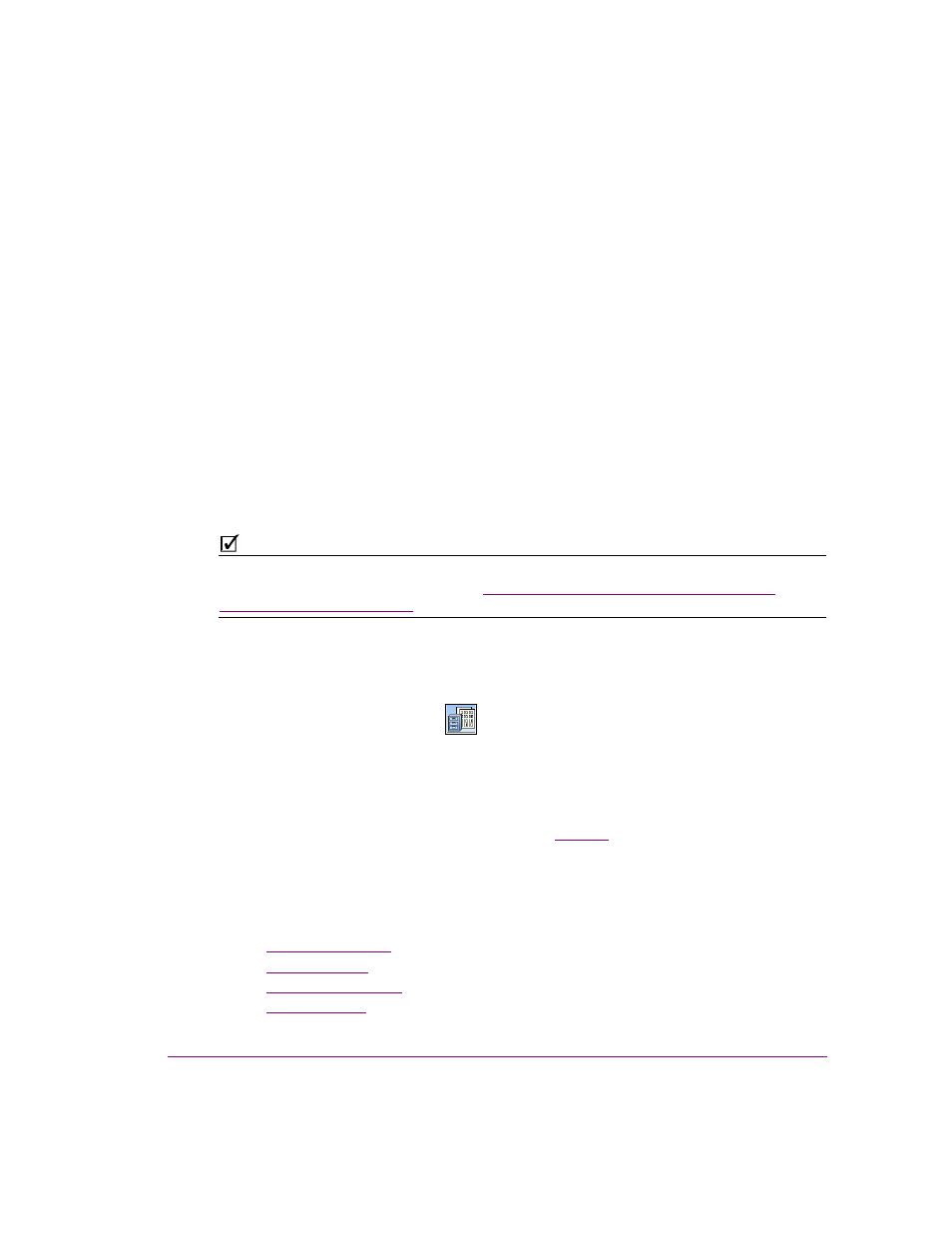9 linking objects to a data source, Linking objects to a data source -1, Inking – Grass Valley Xstudio Vertigo Suite v.4.10 User Manual
Page 224: Objects, Data, Source

Xstudio User Manual
9-1
9 L
INKING
OBJECTS
TO
A
DATA
SOURCE
Xstudio’s Data Manager allows you to set up data sources that can be linked to objects on
the control-side of your canvas. Often the control object is linked to a scene object which
then displays the data on air. Data sources can be databases, Excel files, text files, RSS
feeds (an XML format that distributes news headlines, links and abstracts collected from the
Web) or social media message and polls.
N
OTE
Information and instructions for using Data Manager to retrieve and display social media
messages and online polls are provided in
“Using social media messages and online polls
as a data source” on page 9-30
.
To define data sources that can be linked to objects:
1.
Open Xstudio’s Data Manager:
• Select the V
IEW
> D
ATA
M
ANAGER
menu command.
Or,
• Click the Data Manager icon
on Xstudio’s desktop.
2.
Set up a
SCHEMA
.
A schema is a holding space for one or more data sources. To link live data to control
objects, Xstudio must first be told where the data is coming from. This is done by setting
up one or more data sources within a container called a schema. Once Xstudio
recognizes the data source’s existence within the schema, the source can be used over
and over again to create, for example, tickers. See
for more information about
creating and using schemas.
3.
From your new schema, create a
DATA
ENTITY
.
A data entity combines specific data from a data source (e.g. a particular table) with
instructions for displaying them (e.g. in ticker format, as an unchanging piece of information).
There are four types of data entities:
•
•
•
•
